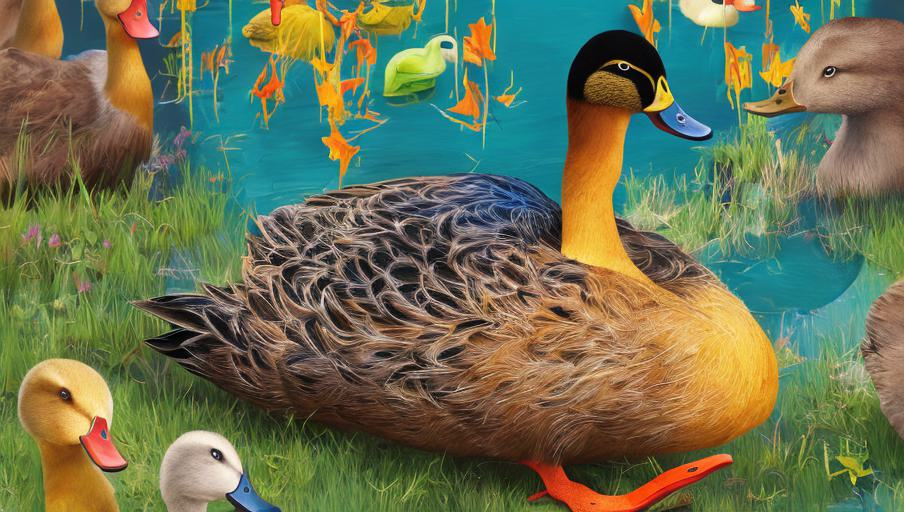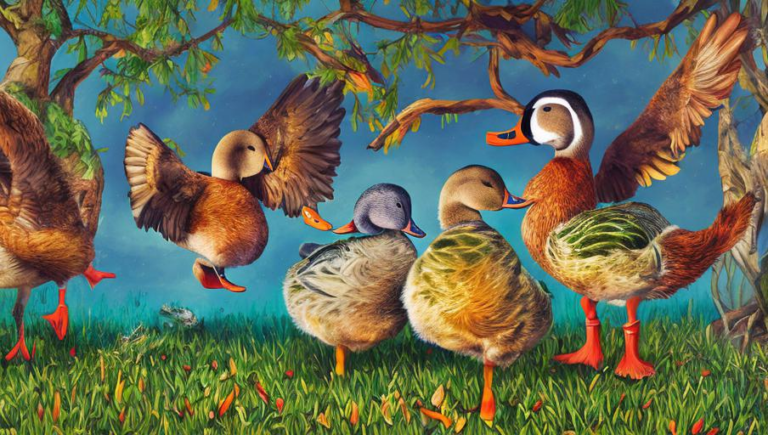Investigating the Anatomy of a Duck

Introduction
Ducks are one of the most common waterfowl species in the world, and they can be easily spotted in ponds and lakes in many parts of the world. Ducks are known for their webbed feet, which help them to navigate in water, and their bright and vibrant feathers. But, did you know that there is so much more to these feathered creatures than just their outward appearance? Let’s take a closer look at the anatomy of a duck.
The Bill
One of the most recognizable features of a duck is its bill. The bill is made of keratin and it is covered with a thin layer of skin. The bill of a duck is specially adapted for foraging, and it helps them to grab food from the water and from the mud. Ducks also use their bills to preen their feathers and to clean their eyes, ears and nostrils.
The Feet
Ducks have webbed feet, which are specially adapted for swimming. The webbed feet act like paddles and help ducks to propel themselves through the water. Ducks also have long, sharp claws on their feet, which they use to grip onto rocks and other surfaces when they are swimming.
The Plumage
Ducks have a wide variety of colorful feathers that help to insulate them and keep them warm. The feathers are also waterproof, which helps ducks to stay dry when they are in the water. Ducks molt each year, and the colors of their feathers can change depending on the season.
The Digestive System
The digestive system of a duck is specially adapted for their diet. Ducks eat a variety of foods, including algae, worms, insects, and even small fish. The duck’s digestive system is able to break down these foods quickly and efficiently. Ducks also have gizzards, which are organs that help to grind up food before it is digested.
The Skeleton
The skeleton of a duck is strong and lightweight, which is important for their ability to fly. The duck’s skeleton is made up of over one hundred bones, and it helps them to keep their balance when they are in the water. The skeleton also helps to protect the internal organs of the duck.
Conclusion
Ducks are incredible creatures that have evolved over millions of years to have the perfect anatomy for their environment. With webbed feet, waterproof feathers, and a strong skeleton, ducks are able to navigate the water with ease and survive in a wide variety of habitats. The next time you see a duck, take a closer look and marvel at the amazing anatomy of these incredible creatures.





